The Pollachi Papyrus , Thevar aatam
The drive from the outskirts of Pollachi town towards the picturesque Aliyar is dotted with small villages, one among which is known as Kambaalapatti, populated by folk who have lived there over generations. While they all earn their livelihoods in diverse ways, their lives are intrinsically interconnected, thanks to their much revered dance form known as ‘Thevar aatam’.
They are not only fiercely loyal to their traditions but are firmly united against letting the scruples of modern mind-set invade what they believe to be the essence of that which makes their tribe special. What is truly exceptional is that the talent required for this particular dance form is not restricted to a handful of male members in the village. Every boy child from the tender age of three upwards to a wizened elder, participate in the rhythmic steps to the unmistakable sound of a special musical instrument popularly known as urumi.
The dancers assemble on an open ground set against a backdrop that would be a dream come true for any performer! The rugged mountains loom large, quietly stating their magnificence in shades of slate, ochre and olive thereby offering a breath-taking contrast to the red earth and the lush canopy of evergreens, highlighting the natural beauty of Pollachi and its surroundings. Not only does it add a great deal to the viewing pleasure of the onlooker but the natural elements seem most fitting a stage for a show that is believed to be equally ancient.
When the beat starts, the dance is captivatingly gentle with wrist turns and neck rolls. As the tempo builds up, the whistles begin, the upper cloth is waved about in step to the music and the feet twist and vibrate to jostle the bells that are firmly ensconced at the ankles. The movements accelerate quickly from subtle steps to full-on hip shakes, shoulder shrugs and foot thumps at the end of which they are slightly out of breath and in need of water. Despite the synchronicity of movements, each person’s individual style is not lost simply because they are happy performing as much for themselves as for the occasion. It’s a marvel to see the dance, despite happening in very close proximity, however vigorous, is devoid from the dancers stepping on each other’s toes or elbowing their neighbor in the ribs.
It is rather unique for many reasons. For starters the steps are rarely rehearsed and almost never subject to organised choreography of any kind. Shri. Natraj is one of the village elders and he states in a matter of fact manner that each generation of boys learn this form of movement to drum beats as naturally as they would learn their native tongue. They believe that the steps were choreographed at a point in time where, in their words,”Gods walked the earth”. Since they believe that their village was chosen to carry forward this dance legacy, they follow it in the same manner, untainted and with deep reverence.
When perceived on the whole, this dance seems like an extension of the faith that they show towards their temple deities. For instance, when they are called to perform the Thevar aatam, they completely abstain from consuming non-vegetarian food or alcohol and commit to being in a pure state of being – mind, body and soul.
The ankle bells are adorned and the dance is performed with complete abandon and joy during temple festivities, weddings and other joyous occasions in the village. In addition, it is a ritualistic part of the marghazhi festival which extends to a week after Pongal, the harvest festival.
Just as fascinating as the dance itself are the rituals that prelude it. Before starting the dance, the members of the group pay obeisance first to the urumi. The original name given to the instrument is,’Theiva dhudhuvi’, according to Natrajan. The making of this instrument is as revered a task as playing it. It is made by the very same people who are experts at coaxing different tunes and sounds from it. The fallen branches of the vengai maram (rosewood tree) is used to make up the frame whereas goat hide that is beaten and stretched thin is used as the main filler material.
Along with the actual beating of the drums, the musicians also use a sort of abrasive action against the leather on the sides, producing a deep resounding twang which seems to echo through the very trees and hills where this dance form is believed to have originated.
Selvaraj, one of the dancers, says that engaging in a communal activity like this not only keeps them connected but also leaves little time to indulge in nefarious activities. In addition to that, the twists, bends, jumps and turns are also a great form of cardio-vascular exercise that keeps them healthy. To watch these strong dancers offer their limbs to delicate, precise movements in mindful concentration to the notes emitted from the instrument will captivate the audience with feelings that will be a mix of awe, fascination and a strange sense of justification, free from skepticism that this dance form is connected to the divine!
for bookings : http://thadamexperiences.com/experiences/native-arts/

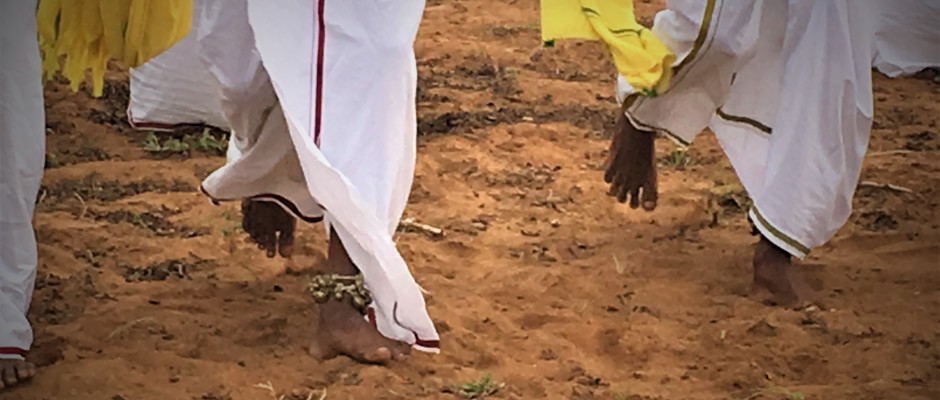
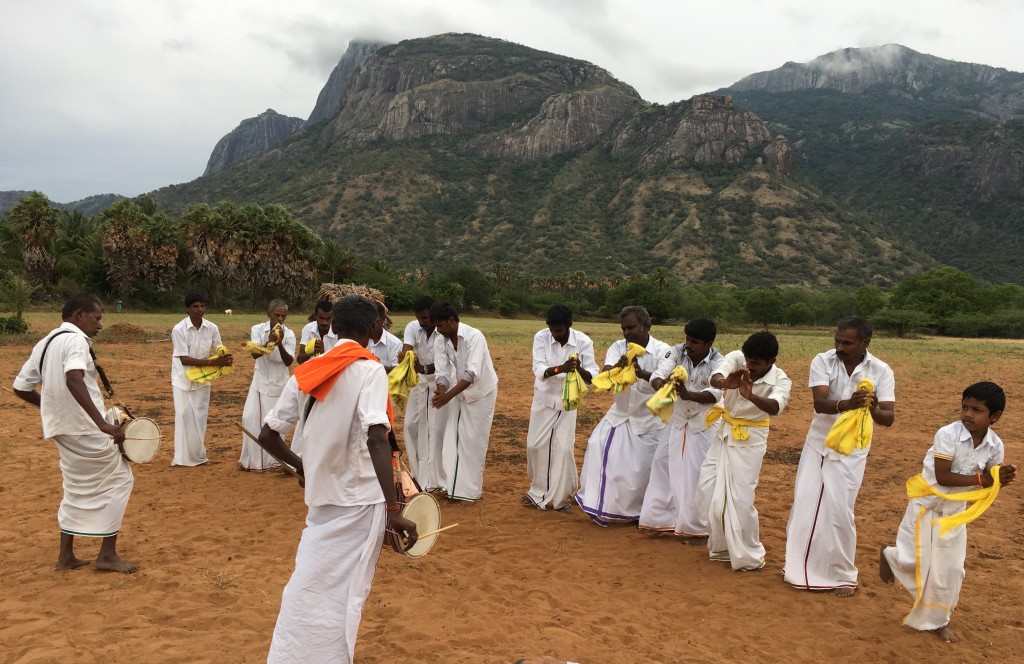
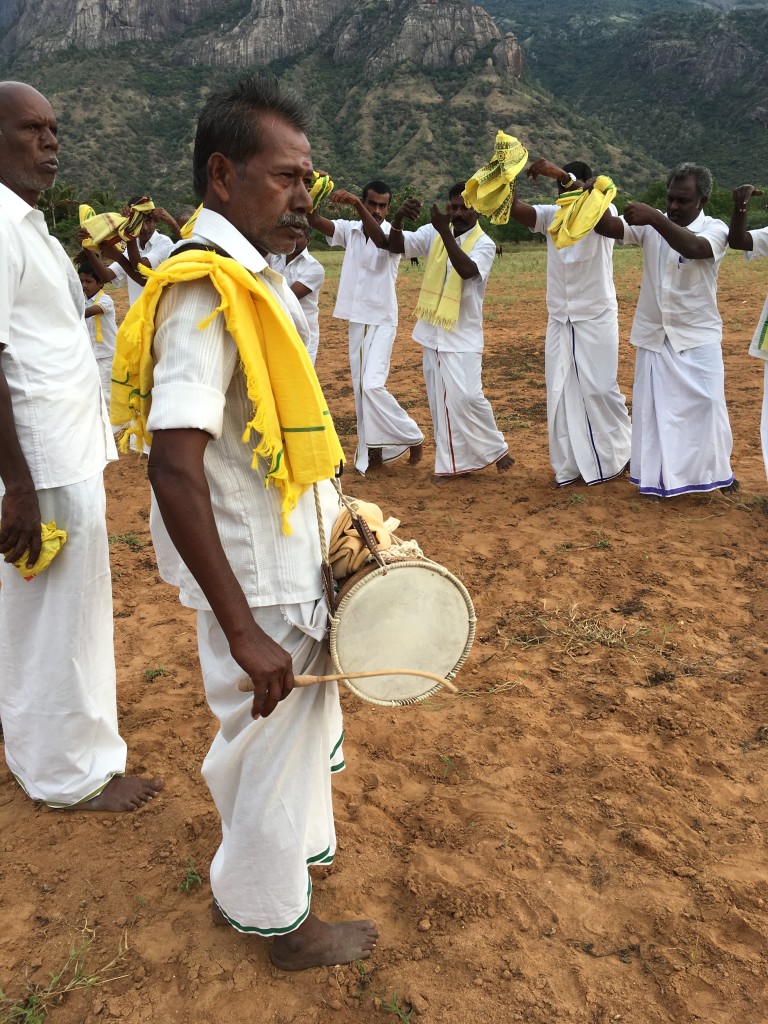
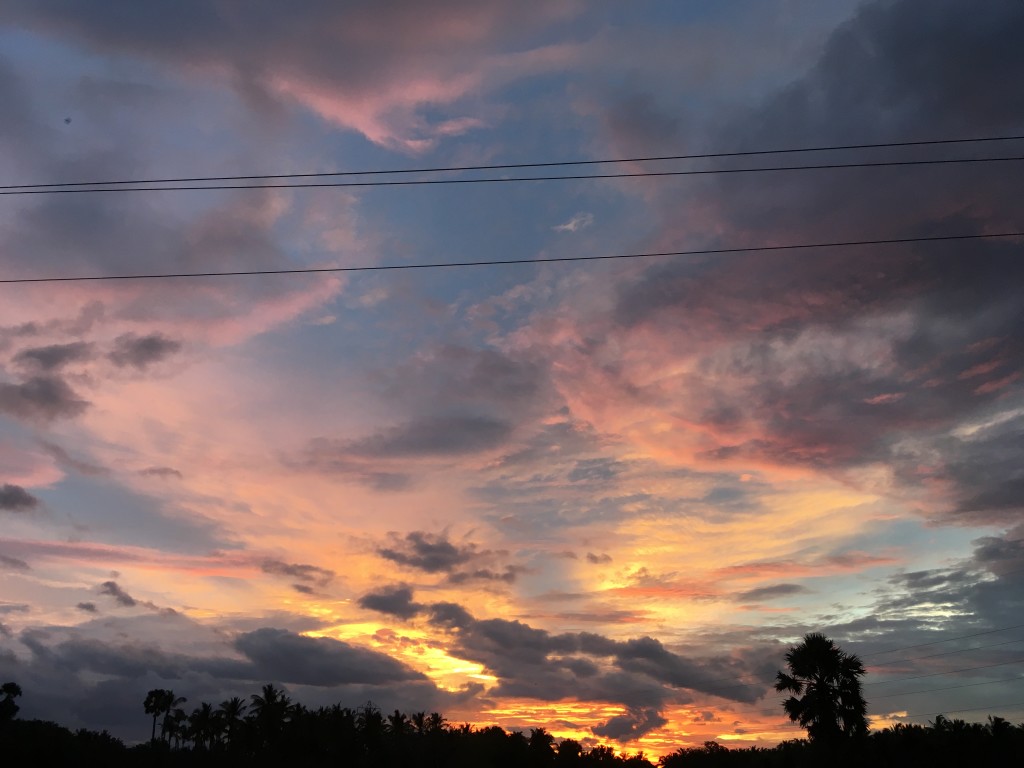
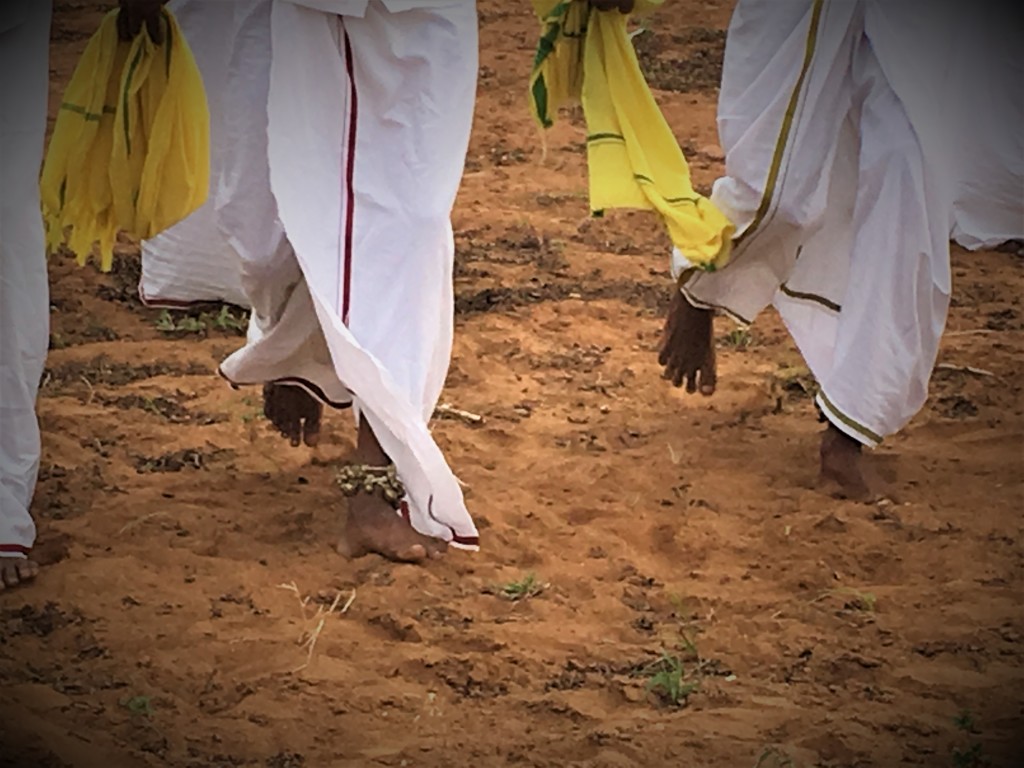
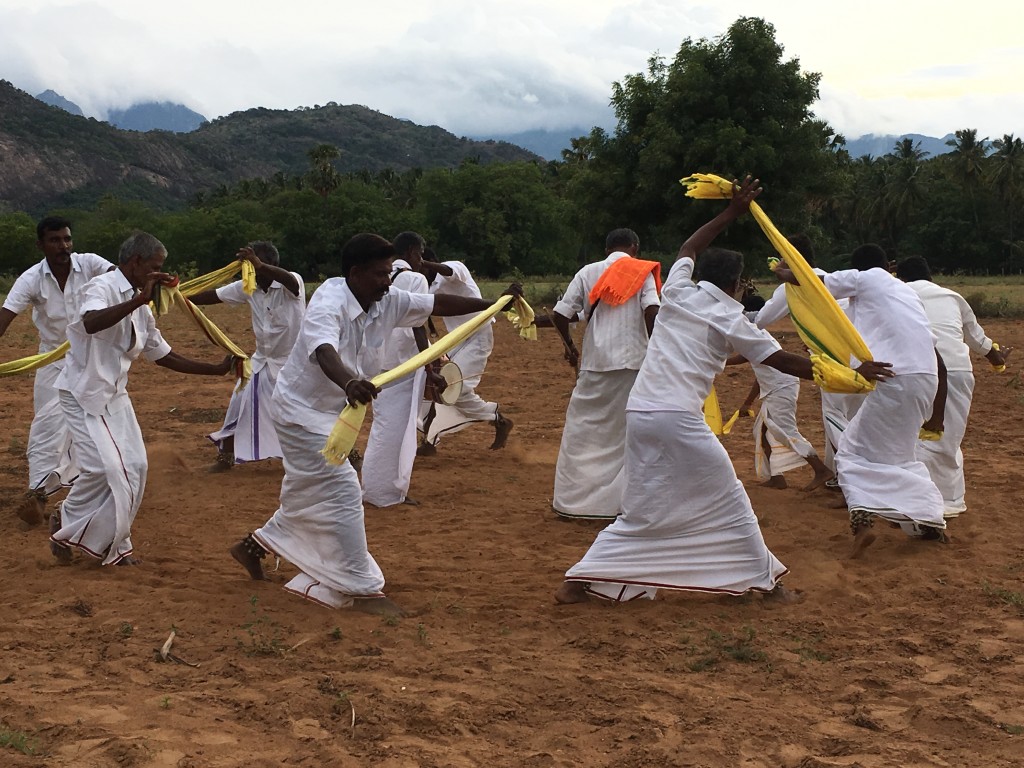
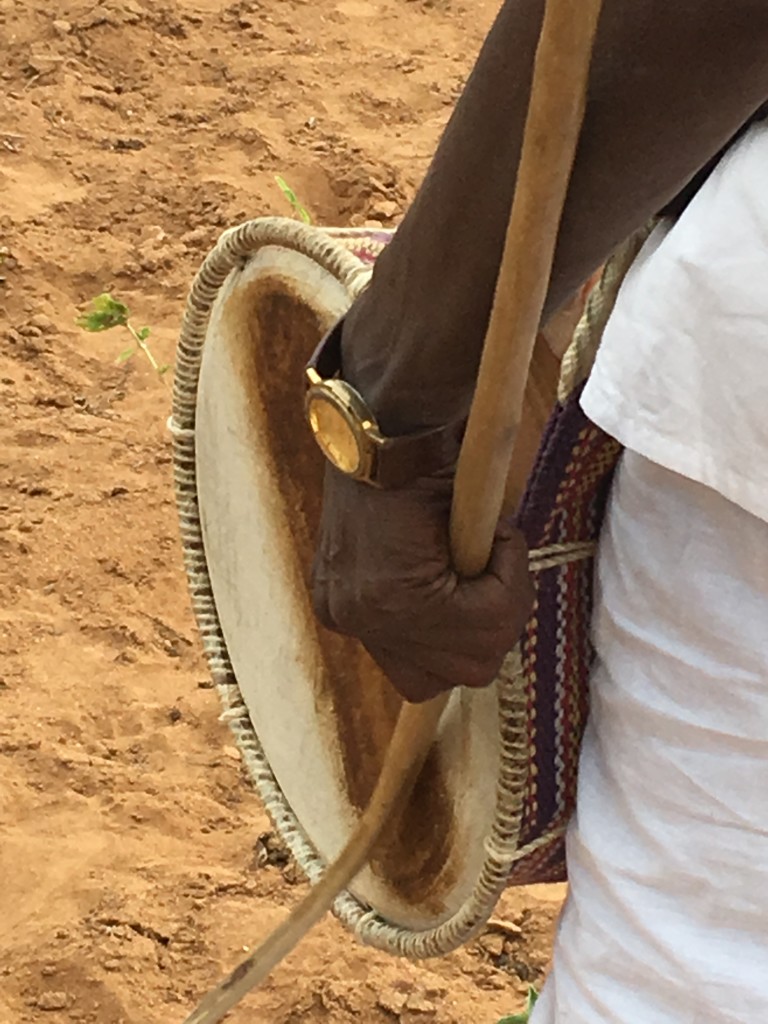
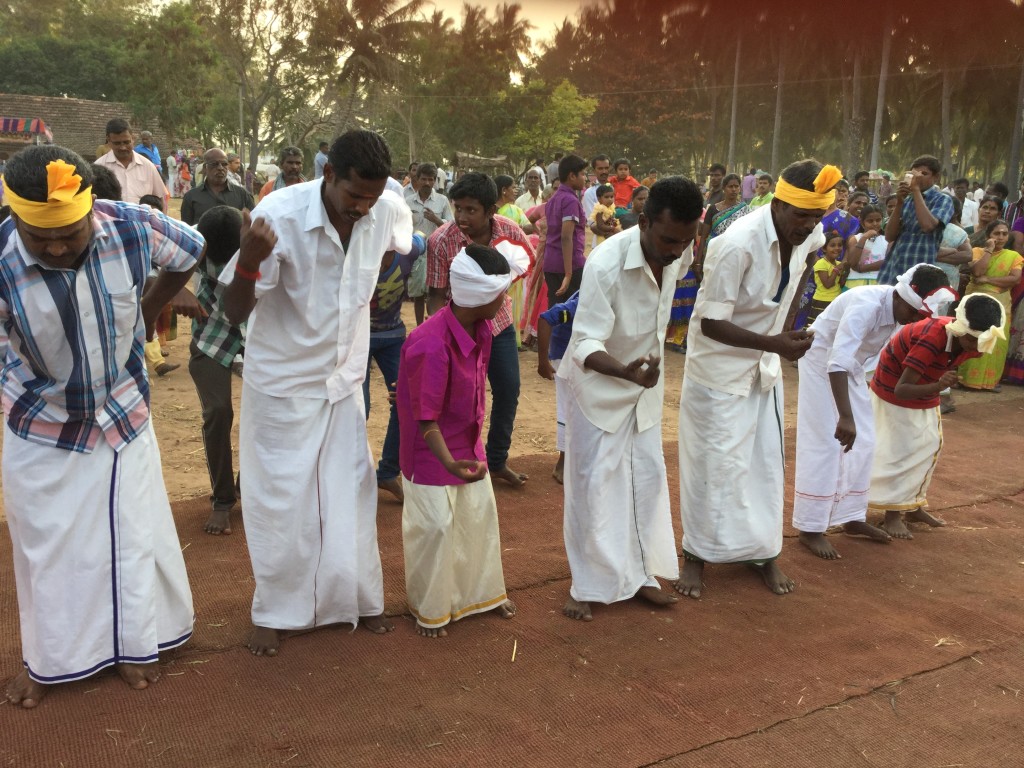
I love to see this … I love Indian Culture !!